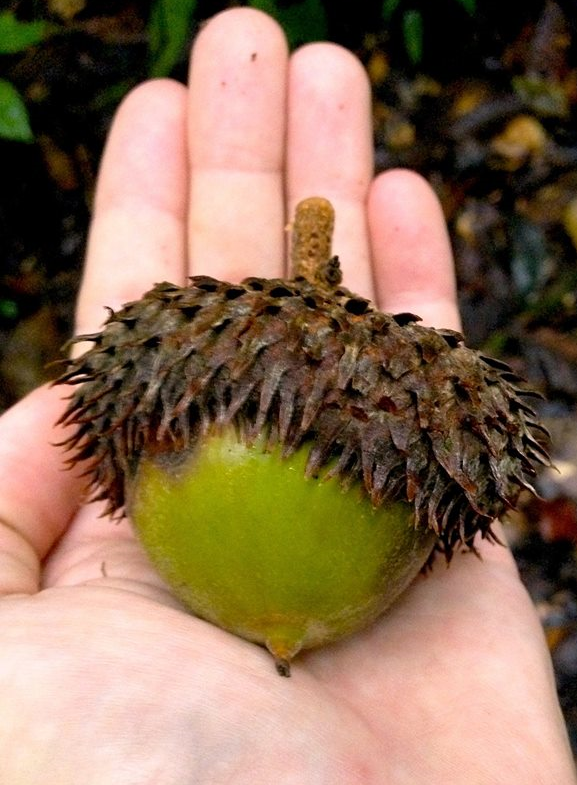Photo by Forest and Kim Starr licensed under CC BY 2.0
Begoniaceae is a strange family. It consists of two genera - Begonia, which comprises roughly 1,400 species, and Hillebrandia, which consists of a single species endemic to Hawai'i (Symbegonia has since been placed back into Begonia). Although I adore the entire family, its that single genus that is the focus of our attention today. Far from being a strange one-off, Hillebrandia has a fascinating evolutionary history.
The sole species, Hillebrandia sandwicensis, is the only member of the family native to Hawai'i. It differs from the genus Begonia in characters such as its petals, which are more numerous and more differentiated, its ovaries, which do not completely close, as well as various morphological characteristics of its fruit and pollen, which I won't go into here. It occurs naturally only on the islands of Kauai, Maui, and Molokai where it inhabits wet ravines in montane rainforest zones. Nowhere is this species considered abundant.
Since its discovery in 1866, H. sandwicensis has been the object of much curiosity. Where did it originate? How old of a species is it? How did it get to Hawai'i? Thanks to some molecular work, a few of these questions are becoming a bit more clear. For starters, we can now confidently say that Hillebrandia is a sister lineage to all other Begonias. This in turn has provided a crucial step in our understanding of its biogeography.
Molecular dating techniques place the genus Hillebrandia at about 51–65 million years old, much older than any of the Hawaiian islands. As such, it is likely that this lineage is not the results of an adaptive radiation like we see in most of the archipelago's flora and fauna. Instead, it is now believed that H. sandwicensis is the only known relict species in Hawaiian flora. In other words, the ancestor of H. sandwicensis did not arrive at Hawai'i and then evolve into the species we know today. Instead, it is more likely that the lineage arose elsewhere and then, through a random long-distance seed dispersal event, made it to Hawai'i's oldest islands some 30 million years ago and has been island hopping to younger islands ever since.
Although its recent history and geographic origins are still open to much speculation, the story of this unique genus has gotten a bit clearer. Its status as Hawai'i's only known relict plant species is quite exciting to say the least. What we can say for sure is that its history was likely full of serendipity that should be celebrated each time someone has an encounter with this lovely Hawaiian plant.
Further Reading: [1]



